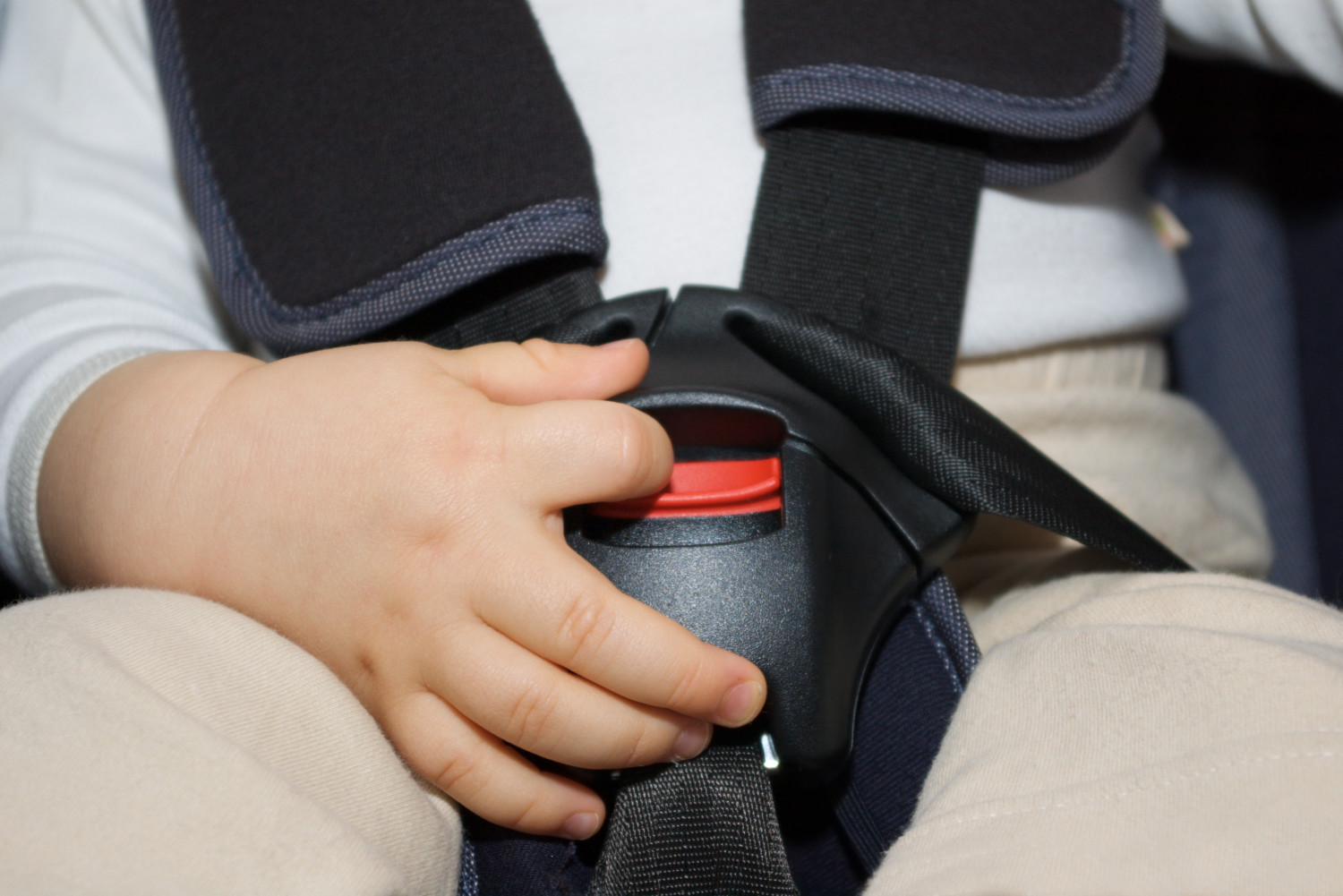The products and services mentioned below were selected independent of sales and advertising. However, Simplemost may receive a small commission from the purchase of any products or services through an affiliate link to the retailer's website.
Car seat regulations vary by state, though you definitely follow them to a T. But what if you’re doing all the right things, only to discover your child is still unsafe?
Investigative journalists have discovered a popular brand of child car safety seats might be the opposite of safe. In fact, a recent report states that manufacturer Evenflo is putting profit over the well-being of children.
Insider Information Led To Evenflo Investigation
ProPublica, an independent, nonprofit newsroom, published the results of their investigation into reports about child safety seat manufacturer Evenflo. Their research contends that Evenflo has continued selling their Big Kid booster seats for children weighing less than 40 pounds against the recommendations of engineers — even after the brand’s own safety testing showed that the seats put children at risk.

A safety engineer at Evenflo emailed high-ranking executives at the company in 2012 recommending a change in standards based upon the fact that kids under 40 pounds would be most protected in seats with harnesses. Internal records show that a marketing exec who later became vice president of marketing and product development shot down this advice more than once.
The brand boasted about its rigorous safety tests, particularly of side-impact crashes, that caused more than a quarter of deaths of children under 15 killed in vehicle collisions in 2018. However, those tests actually showed that child-sized crash dummies were thrown far out of their shoulder belts, as shown in this video. ProPublica reports that the company’s top booster engineer said in a deposition that such an impact could cause head, neck or spinal injuries and death.
Evenflo has been subject to lawsuits from three families whose children sustained severe, life-changing injuries while using the Big Kid booster seats. They have settled out of court on two of the cases thus far.
Here’s ProPublica’s report. It includes video showing the internal side-impact tests for Evenflo’s “side-impacted tested” booster seats as well as information about victims and the regulations that have allowed for lax standards.
What About Other Booster Seat Makers?
ProPublica points out at least six other companies, including Graco and Dorel, sell booster seats for children 30 pounds and up. They have also been subject to lawsuits.
While Evenflo was the subject of this particular investigation, other booster seats may also suffer from the same issues because of a lax regulatory environment. ProPublica says they reached out to both the above companies and neither would provide test videos or basic details of their side-impact testing.
“It’s not clear whether children are at risk in other boosters in the same type of side-impact crashes,” ProPublica said. “There is no good federal data on how often children in booster seats sustain injuries or if one company’s booster seats are safer or more dangerous than another’s.”
How to Protect Your Child
Although Evenflo changed their website after ProPublica’s inquiries to say the minimum weight for the Big Kid booster seats is 40 pounds, you can still find text (on boxes, labels, owner’s manuals and listings on Amazon) that says the seats are safe for children as small as 30 pounds.
The American Academy of Pediatrics (AAP), meanwhile, recommends that booster seats are best suited for school-aged children whose height or weight exceeds the limits for their forward-facing safety seats, provided the booster seat allows the vehicle seat belts to fit properly.
When the AAP first created its recommendations, most harnessed car seats had a weight limit of 40 pounds. Most harnessed seats now can accommodate children weighing up to 65 pounds who are as tall as 4 foot 1 inch.
So the best way to make sure your child stays safe is to follow the AAP rules and don’t transition children into booster seats as soon as they reach the minimum weight limit. Instead, make sure children stay in a harness for as long as possible — up to the top height and weight limit of your car seat.

Big kids might balk at the idea of sitting in a harnessed seat. Harnessed car seats can be bulkier, more expensive and harder to install than booster seats. However, the knowledge that you are providing your child with the highest level of protection might be enough to convince you to make the switch.
Stay safe out there!
This story originally appeared on Simplemost. Checkout Simplemost for other great tips and ideas to make the most out of life.


